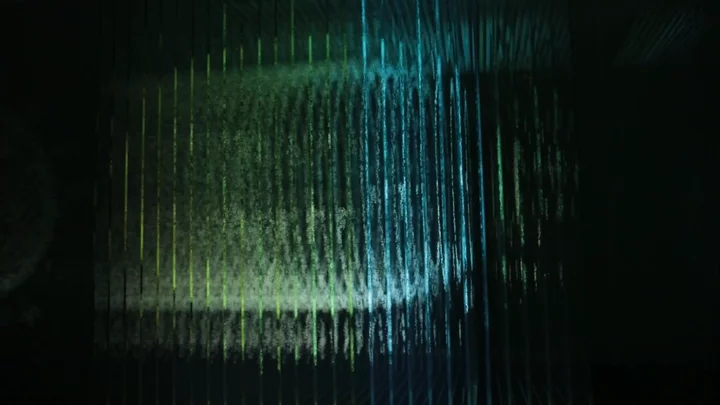Coronavirus
2020: The Sphere that Changed the World is an ethereal rendering of the coronavirus: from the front of the sculpture you are confronted by the entire virus particle, with its protein spikes emerging from the surface, but as you pass around, it disappears entirely from view, only to reappear again, echoing the elusive behaviour of the virus as it continues to spread around the world. The sculpture has been acquired by The Science Museum, London and is now on tour with the Injecting Hope exhibition, currently at the Museum of Scotland, Edinburgh until April 27, 2025.












